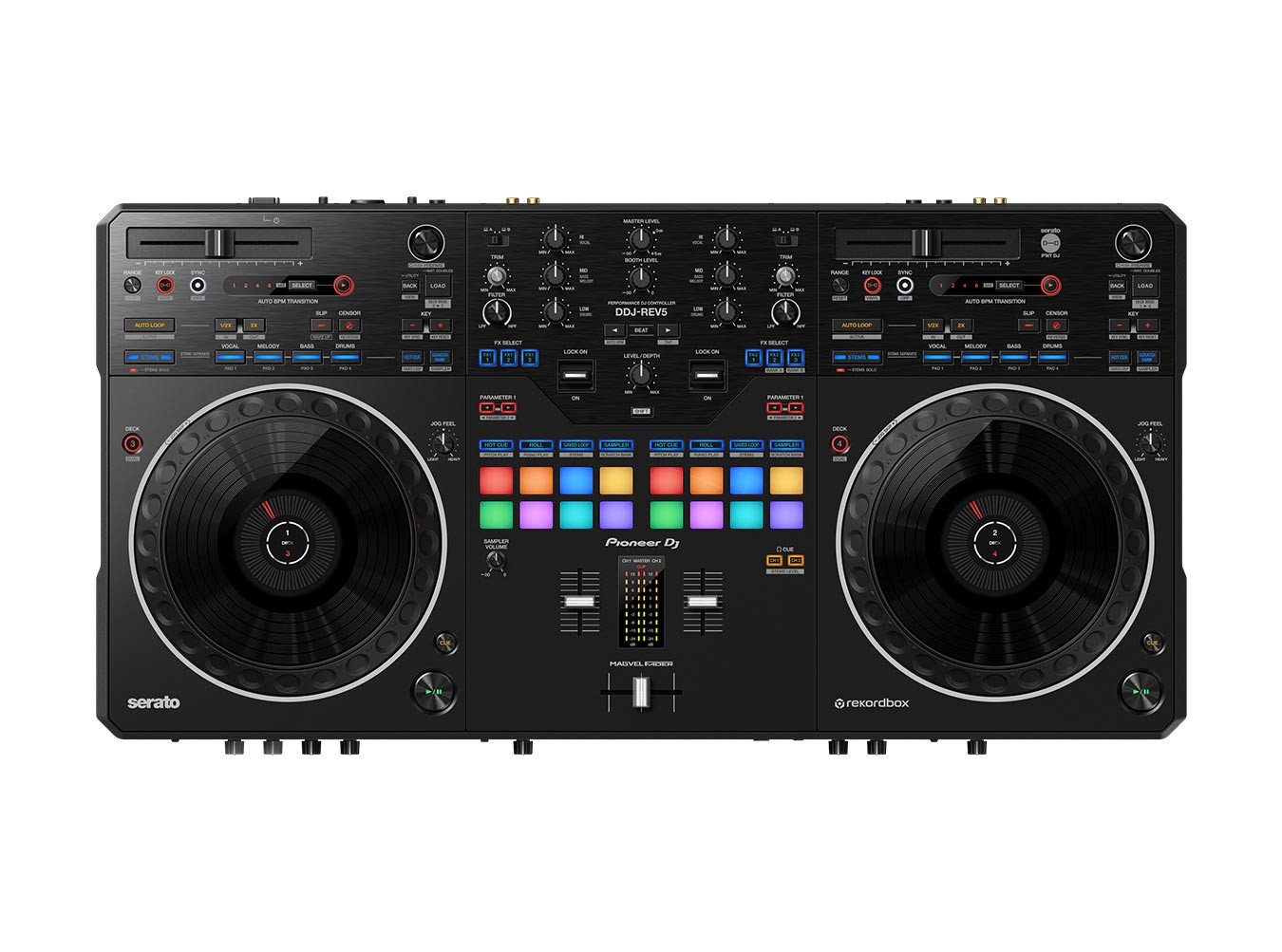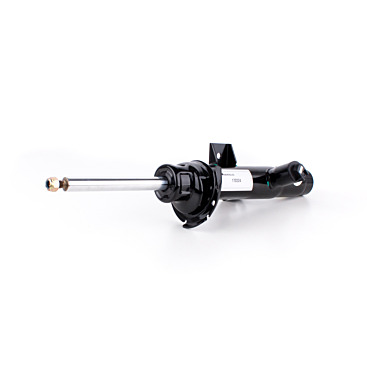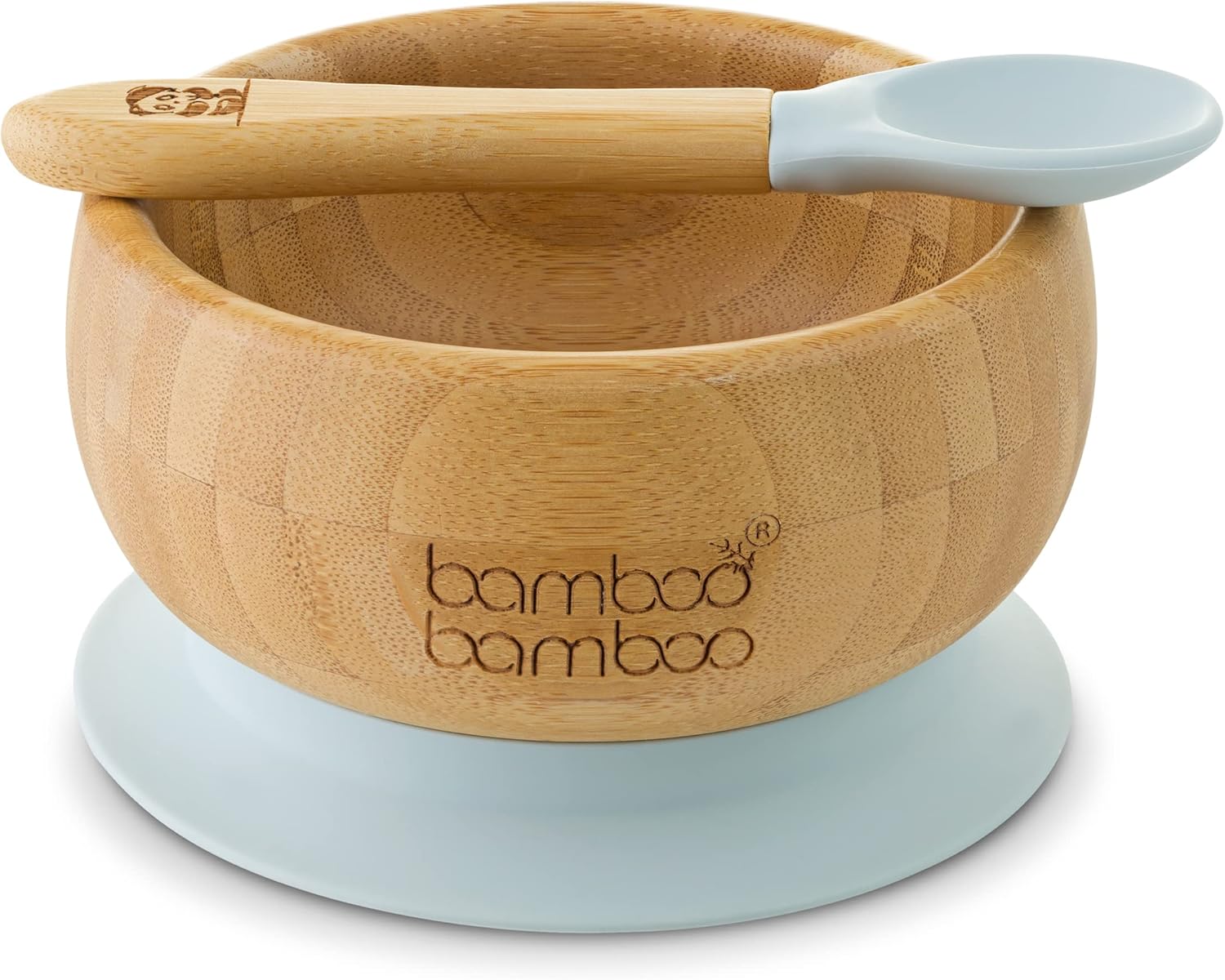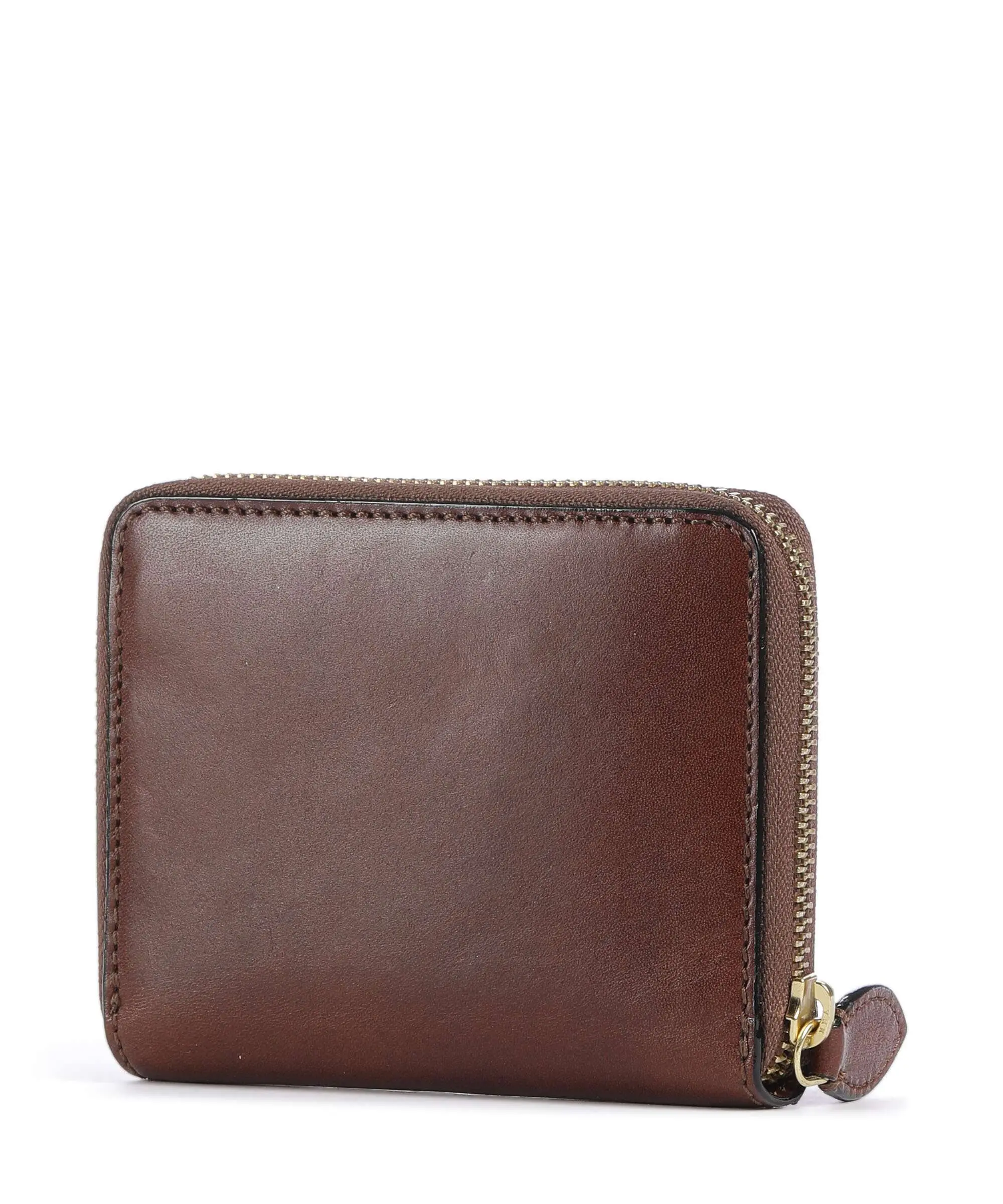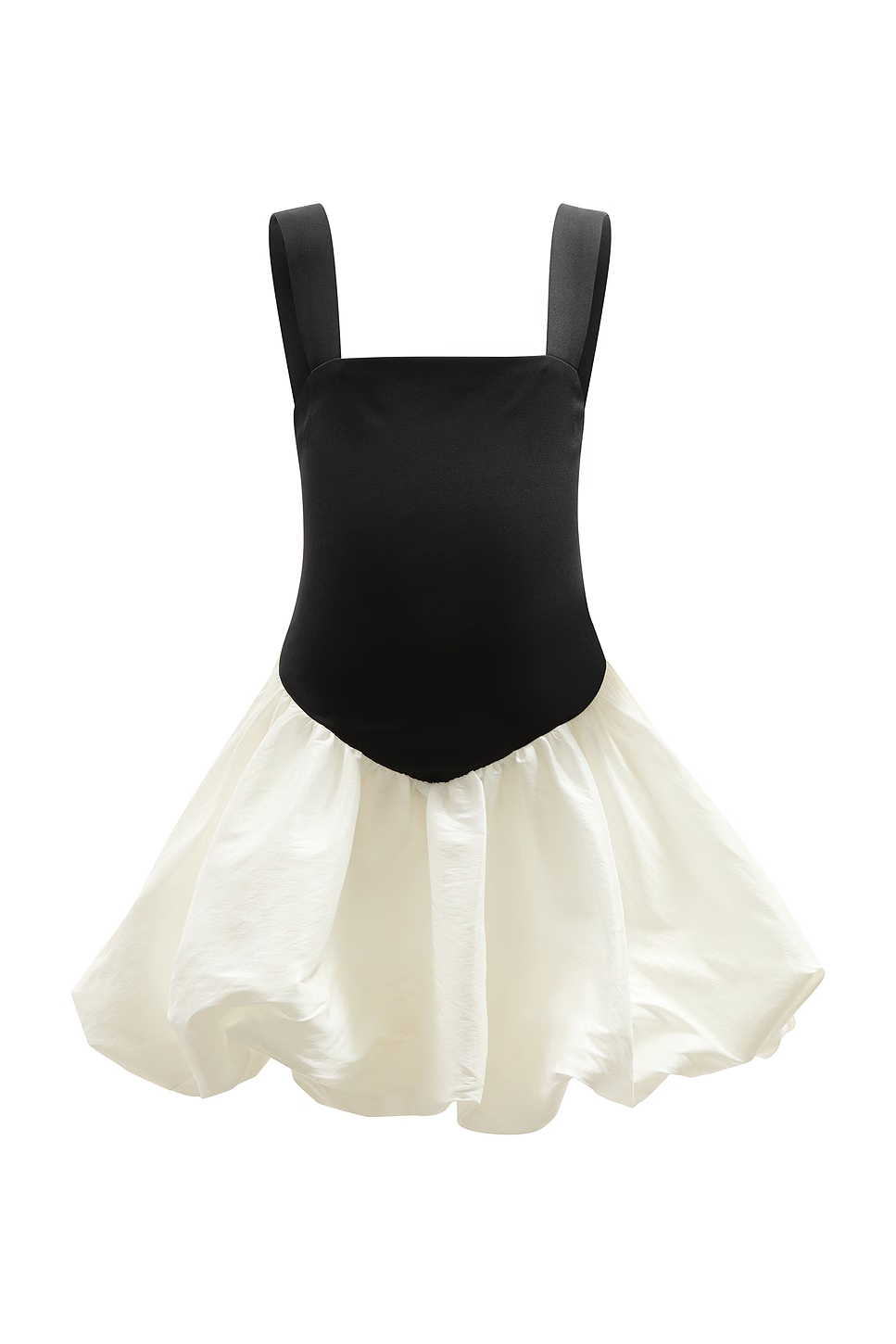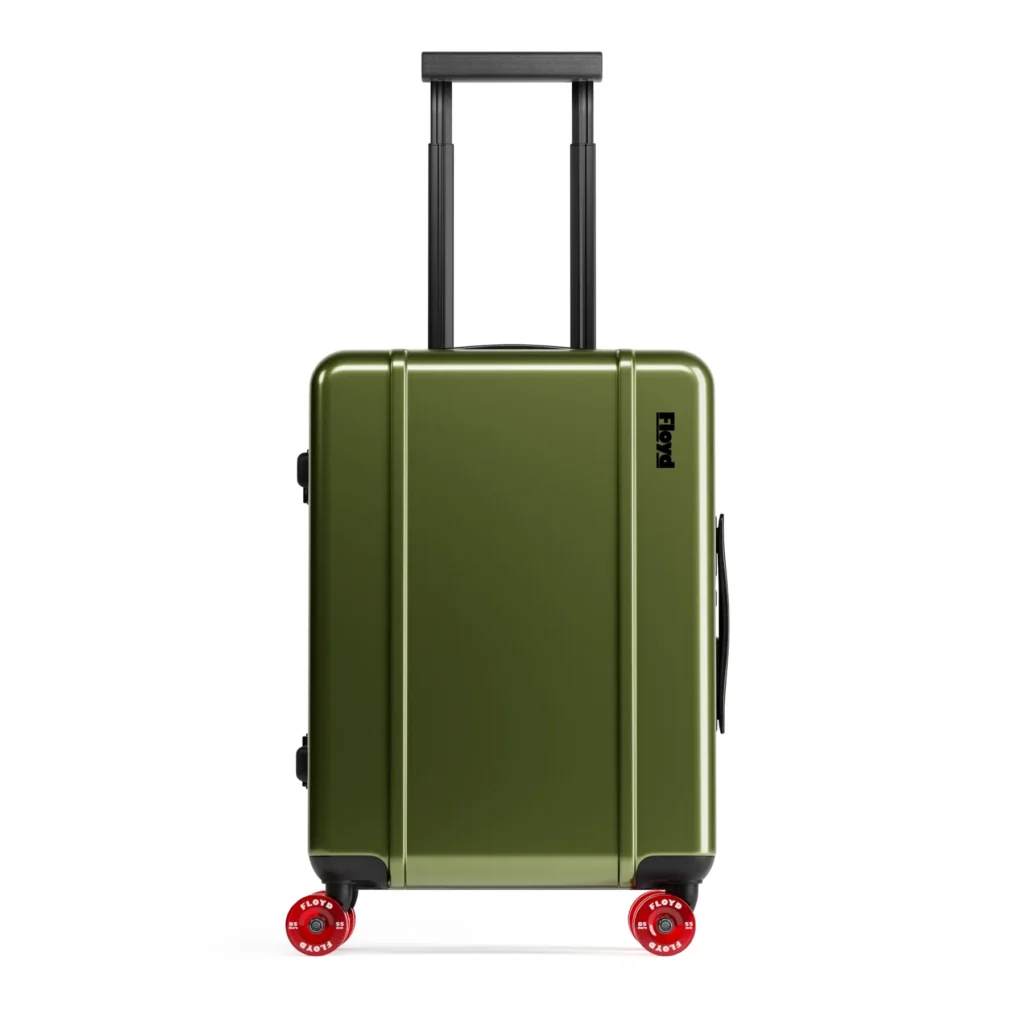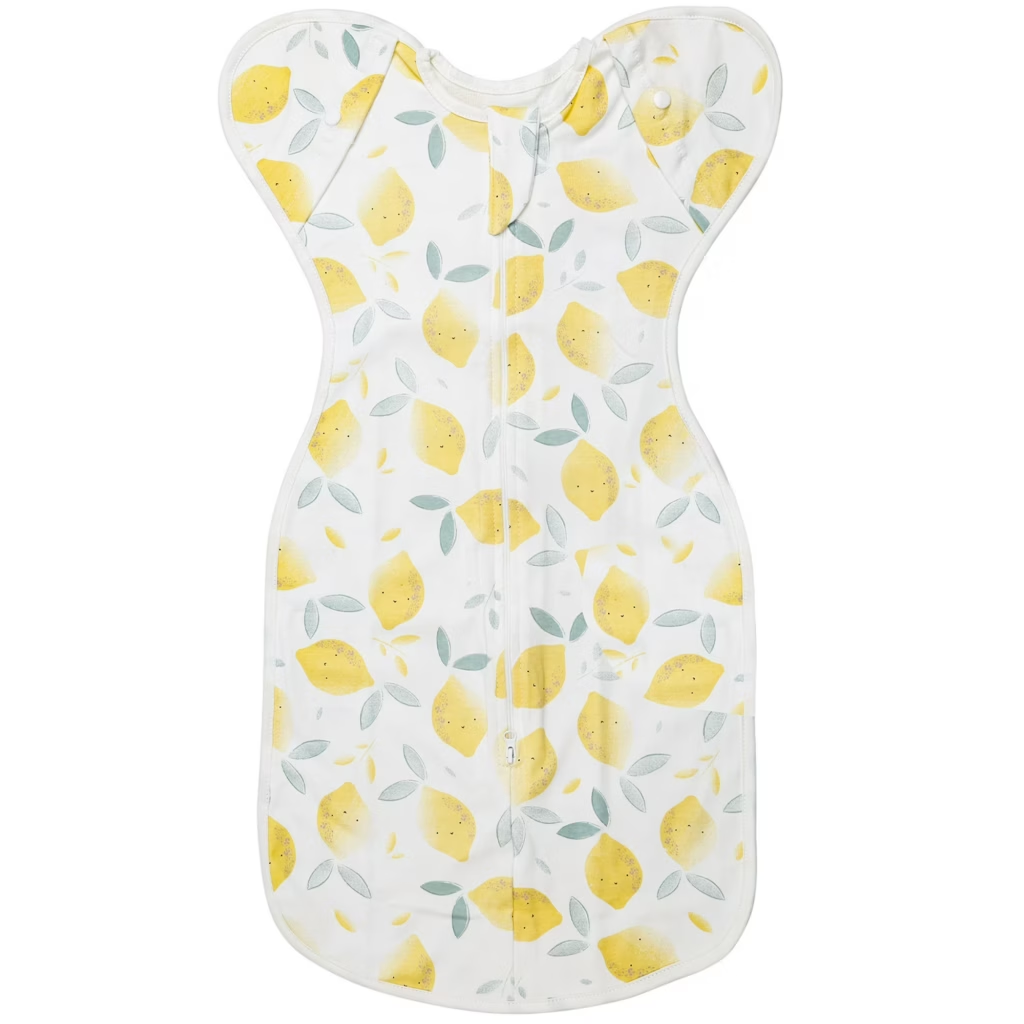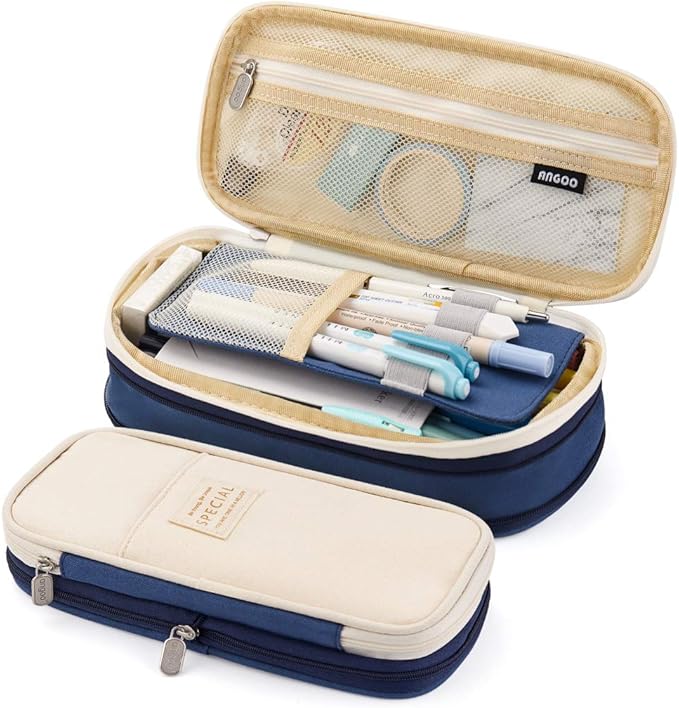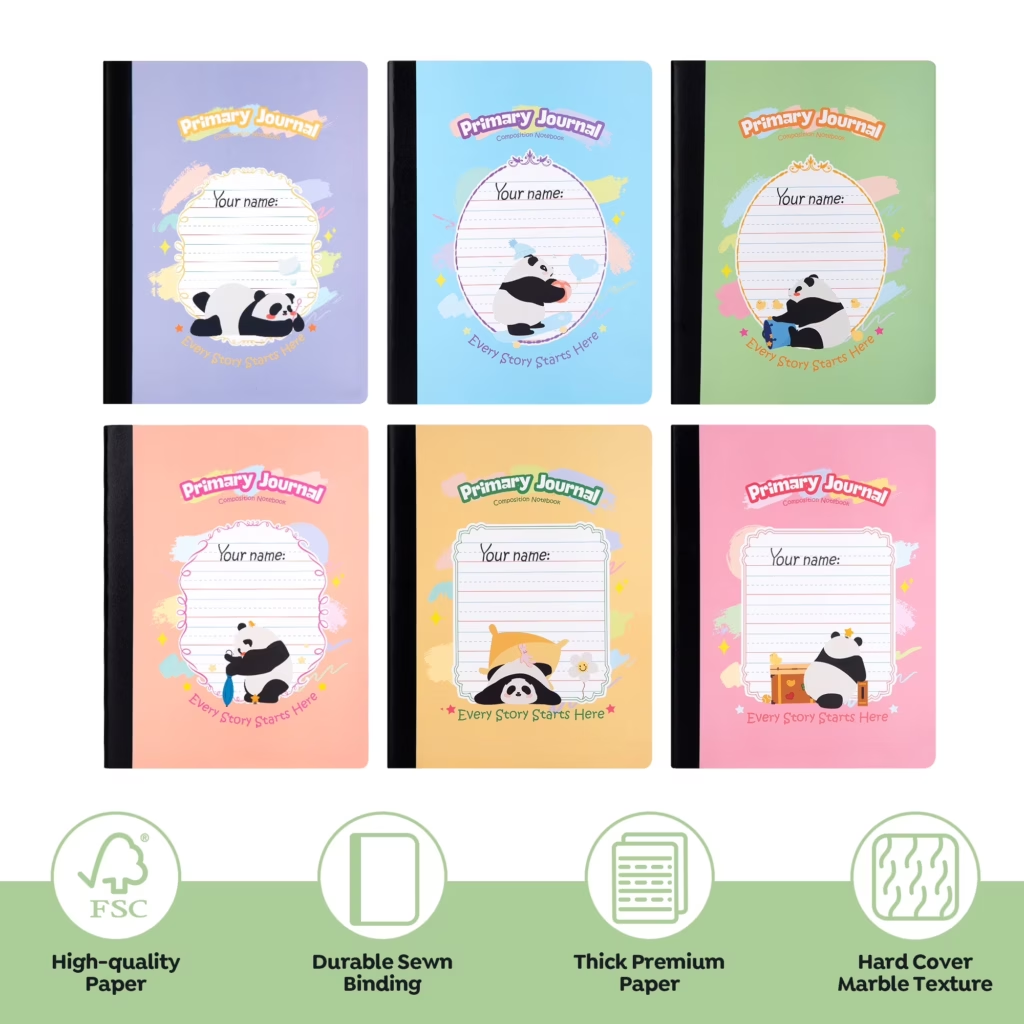If you love the body language of turntables but want the speed of a contemporary controller, the Pioneer DJ DDJ-REV5 DJ Controller nails that sweet spot. Wide jogs, battle-style layout, long-throw pitch faders, dedicated performance pads, and modern stem control put classic technique and 2020s tricks on the same surface. This guide gives you a complete playbook—from first-time setup and library prep to stems routines, transitions, FX architecture, and showtime pacing—so you can move from bedroom to booth with confidence.
Shop Pioneer DJ DDJ-REV5 DJ Controller
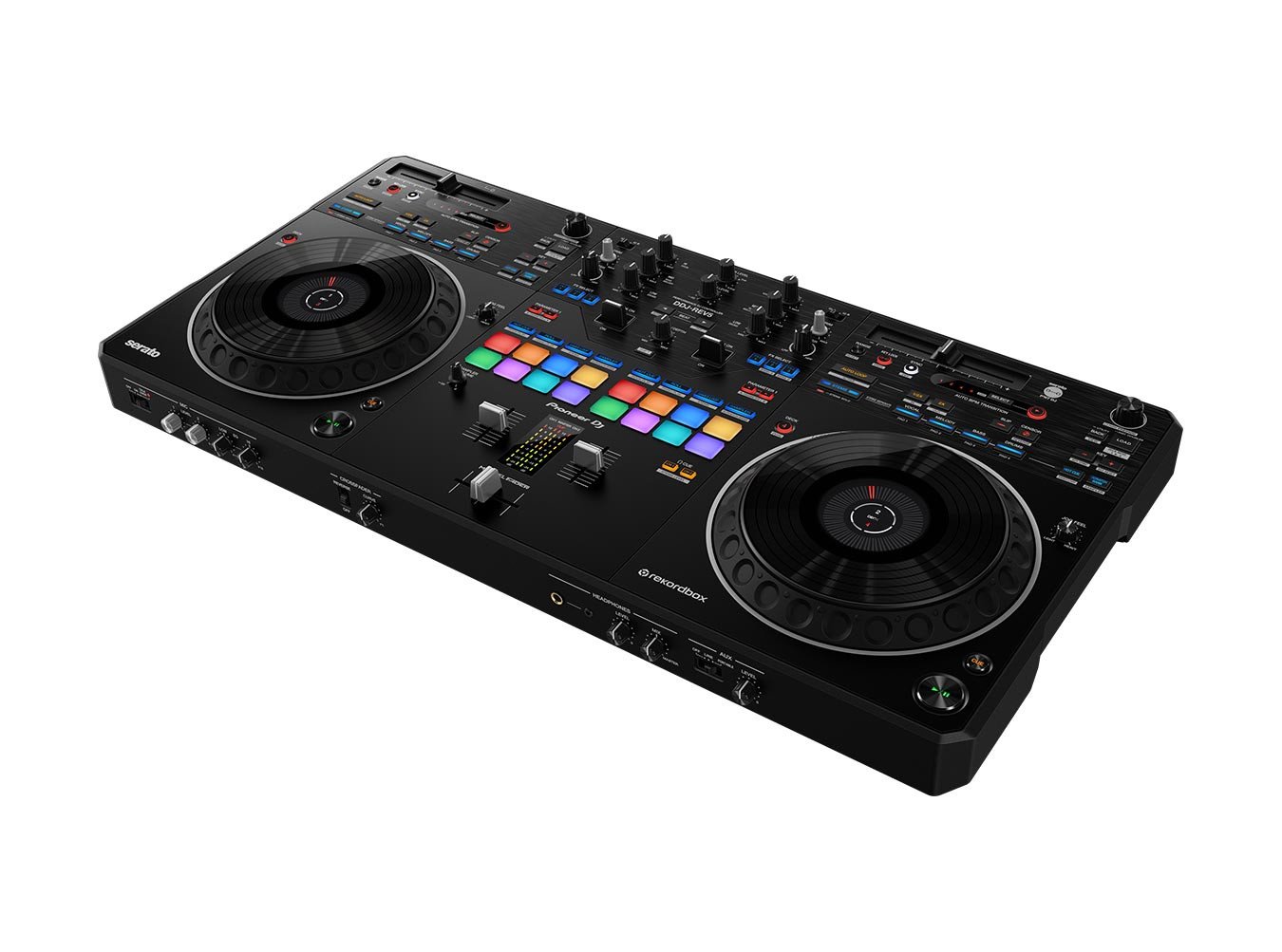
Why the REV Layout Matters (Even if You’ve Never Battled)
Turntablists didn’t choose “battle” layouts to look cool—they did it to keep fader and pads clear of tonearms while scratching. The Pioneer DJ DDJ-REV5 DJ Controller borrows that DNA and translates it for controllers: performance pads sit above the faders (closer to your crossfader hand), long pitch faders live horizontally along the top edge, and the jogs are open and responsive for tight cuts, backspins, and on-jog manipulation. Result: your hands move less distance to do more things, which translates to cleaner phrasing, tighter cuts, and more musical FX rides.
Setup for Speed: Drivers, Deck Modes, and Audio Baselines
A smooth show starts with a systematic setup:
- Software & drivers: Install the latest Serato DJ Pro or Rekordbox (the DDJ-REV5 supports both), update firmware, and confirm low latency at your typical buffer (start 256 samples, adjust down as your laptop allows).
- Audio headroom: Set controller master around 12 o’clock, keep channel gains conservative, and leave 3–6 dB headroom so FX, stems, and cuts don’t clip.
- Deck modes: Map the pads you actually use (Hot Cues, Stems, Sampler, Roll); move seldom-used modes to secondary layers so you avoid surprise presses.
- Mic/EQ sanity: If you MC, set a gentle high-pass on the mic, avoid excessive room bass, and keep a short plate reverb handy for crowd hype moments without muddying the program.
Lock this once and your Pioneer DJ DDJ-REV5 DJ Controller becomes muscle memory—no scrambling at soundcheck.
Library Prep: Stems-Ready Grids and Cue Philosophy
Stems mixing shines when grids are tight and cues are purposeful:
- Beatgrids: Correct downbeats, check variable-tempo tracks, and set bar-one markers. Stems separation works best when the software knows the rhythm map.
- Cue hierarchy: C1 = downbeat, C2 = pre-drop phrase, C3 = vocal in, C4 = chorus out; color code by function, not by track. Your eyes find the role, not the pad.
- Loops: Save 8/16-bar structural loops; for quick builds, save a 1-bar utility loop near the hook for on-the-fly roll-ins.
- Energy tags: Tag “Opener,” “Prime,” “Reset,” “Encore.” Your future self will thank you when the promoter asks for a vibe change mid-set.
With a tidy library, the DDJ-REV5’s pads become a score you can “read” at club volume.
Shop Pioneer DJ DDJ-REV5 DJ Controller
Stems, Musically: Beyond “Mute the Drums”
Stems aren’t a gimmick—they’re a harmonic and rhythmic playground. Try these patterns:
- Vocal tease intro: Isolate vocals on the incoming deck over the outgoing instrumentals. Nudge until the phrase lands; drop the full track on the next 1.
- Drum-to-drum swap: Cut to incoming drums for 8 bars, keep outgoing bass for glue, then snap the new bass on a fill.
- Harmonic mash: Keep vocals of Track A, chords of Track B in the same key (or ±2 semitones with key-lock), drums from A; ride a filter and cut on the snare.
- Acapella over edits: Use stems to conjure live “acapellas” and layer them atop instrumental edits; map a pad to toggle vocal on/off in phrases for crowd call-and-response.
The Pioneer DJ DDJ-REV5 DJ Controller places stem buttons and pads within “scratch distance,” so you can slice vocals and trigger cues without crossing arms.
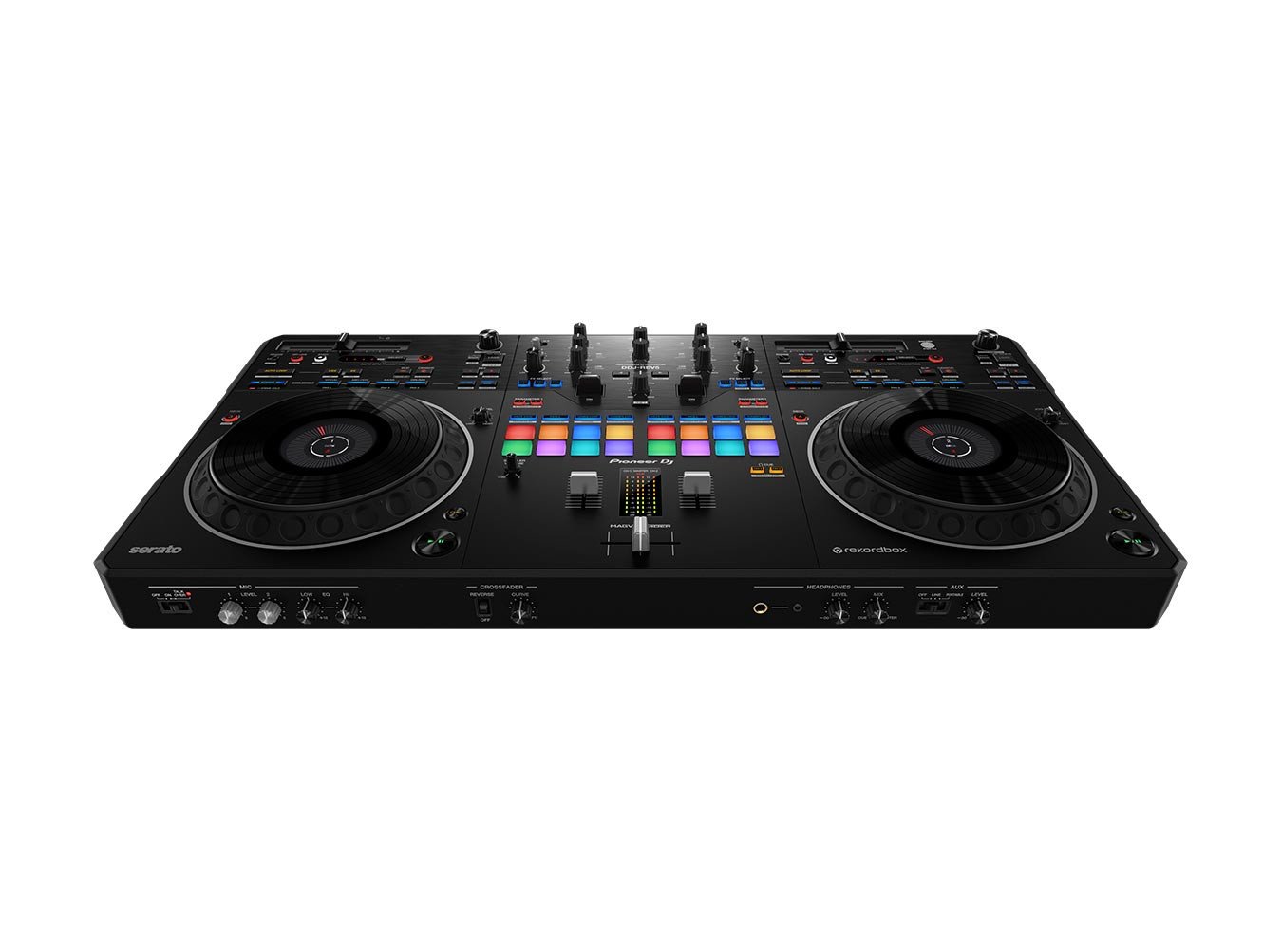
Jog Techniques: Cutter Modes, On-Jog FX, and Micro-Timing
Big jogs invite expressive timing:
- Jog Cutter / Scratch bank: Preload classic cuts (transform, flare, chirp) or sample-based scratches; the REV ergonomics make baby scratches and tears feel natural.
- On-jog FX rides: Assign filter or echo to the jog touch—push/pull tiny sweeps while you nudge pitch for humanized transitions.
- Slip mode: Do spinbacks, drags, or rolls without losing bar position; the track keeps “playing under the hood.”
- Micro-nudges: Resist over-quantizing; small manual nudges lock vocals over live drums when stems make grids feel elastic.
Practice minimal movements—your hands should look relaxed even when your phrasing is surgical.
Fader Discipline: Crossfader Curves, Deck Bleeds, and Silence as a Tool
Your crossfader is an instrument. On the DDJ-REV5, set a sharp curve for cuts; for blend transitions, move to a gentler curve or ride upfaders. Build habits:
- Deck bleed check: Before drops, tap cue to ensure no ghost audio is riding on the opposing channel.
- Silence for impact: Kill drums for one bar before a vocal hook; the crowd hears the breath, then explodes on the downbeat.
- Upfader phrasing: During longer blends, ride channel faders in eighth- or quarter-notes to “pump” into fills.
Clean fader work makes your stems tricks sound like production, not chaos.
Shop Pioneer DJ DDJ-REV5 DJ Controller
FX Architecture: One Color, One Spacer, One Wildcard
Don’t build a spaceship; build a band:
- Color FX (per-channel): Filter or noise for simple swells.
- Spacer (post or send): A tempo-synced echo for phrase-length throws; keep feedback calibrated to die within a bar or two.
- Wildcard: A beat crusher, reverb freeze, or tape stop—use sparingly for big moments.
On the Pioneer DJ DDJ-REV5 DJ Controller, set FX buttons by muscle memory: left thumb for color, right fingers for master FX. You’ll stop looking down mid-transition.
Transitions That Always Land (Genre-Agnostic)
- Eight-bar elevator: Filter down outgoing, introduce incoming drums on bar 5, open filter across bars 5–8, drop on 1 with a micro echo-out.
- Acapella sandwich: Outgoing instrumental → incoming vocal (stems) → incoming full track. Keep keys compatible or pitch vocals ±1–2.
- Break-to-build: Loop an outgoing 4-bar break; layer incoming hi-hats and bass via stems; release loop where both tracks hit a fill.
- Energy reset: Kill drums and bass for 2 bars, let a vocal ride with big room reverb, slam into a lower-BPM groove.
Make three “default” moves muscle memory so you always have a safe door out of a risky idea.
Performance Flow: Pacing a 90-Minute Set
Think like a storyteller:
- Warm-in: Wide tempos, familiar grooves, minimal stems.
- Prime rise: Shorter mixes, more call-and-response, bold FX throws.
- Peak: Fast phrases, scratch flourishes, rapid stems flips, but keep one transition per minute clean and musical.
- Reset: Drop tempo or vibe for a breather—dedicate one edit crate to resets.
- Final lift: Anthems with extended outros so you can give the next DJ a generous runway.
The DDJ-REV5 favors dynamic sets: its layout keeps tricks quick, so you can escalate without getting messy.
Shop Pioneer DJ DDJ-REV5 DJ Controller
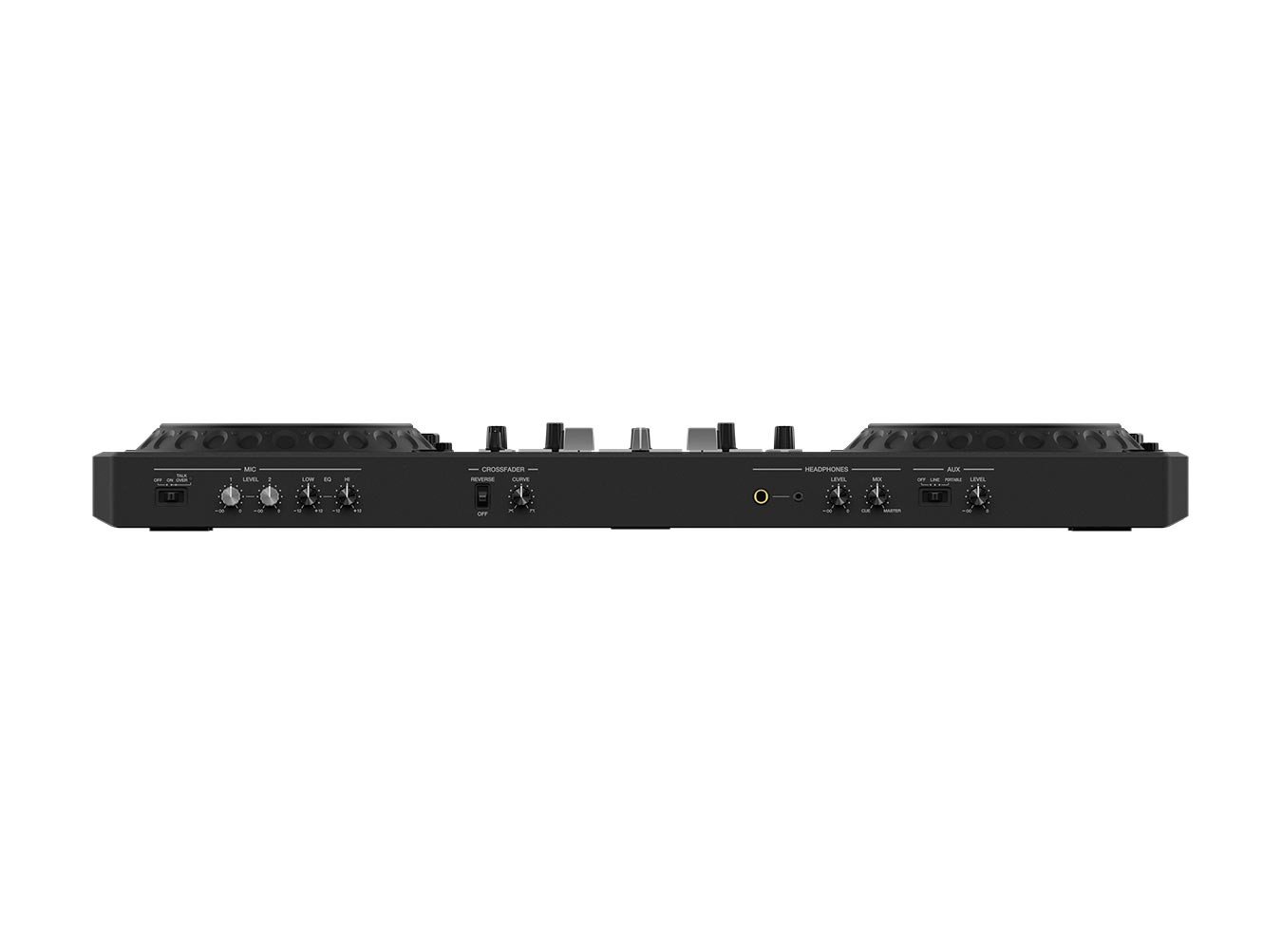
One Mixed Block (Bullets + Guidance): The “Club-Ready” Checklist
- Cables & backups: USB-A/C, short RCA pair, earplugs, spare USB stick with your export crates.
- Soundcheck ritual: Play a track you know inside out; set master just below clip, trim booth monitors, walk the room.
- Emergency pad: Map one pad to “silence + reverb tail” (or a long noise sweep) to hide a hot swap.
- CPU sanity: Close browsers, cloud sync, and video apps before showtime; stems eat cycles.
- Hands & eyes: Head up during drops. Eye contact beats a perfect echo tail for crowd energy.
- Record everything: Even a voice memo off the booth out is data for improving phrasing later.
Run this every gig and the Pioneer DJ DDJ-REV5 DJ Controller becomes an extension of your nervous system.
Troubleshooting at Volume
- Drift with stems on? Disable time-stretch momentarily to check if key-lock is causing warble; nudge grids if the source isn’t rigid.
- FX pumping the master too hard? Lower send levels and shorten feedback tails; reverb and echo accumulate quickly at club SPL.
- Jog feels laggy? Increase jog sensitivity or raise buffer slightly; confirm background apps are closed.
- Hot mics / feedback: Engage a high-pass, lower booth monitors, and mute mic when not speaking.
Quick fixes keep the dance floor from noticing anything except the music.
Practice Plans: 20 Minutes That Move the Needle
- Day 1 (Timing): 10 minutes of beatmatching with no waveforms, then 10 minutes of phrased 32-bar mixes.
- Day 2 (Stems): Alternate vocal-only overlays every 16 bars; record, listen for harmonic clashes, adjust.
- Day 3 (Cuts): 5 classic cuts for 3 minutes each (flare, transform, baby, crab, stab) over a simple instrumental; end with a 5-minute freestyle.
- Day 4 (FX): Build/release drills with one color FX + one echo. Keep tails musical.
- Day 5 (Show run): 15-minute mini-set: warm-in, prime, reset, peak. Review recording, tweak crates.
Consistency beats marathon sessions. The DDJ-REV5 rewards short, focused reps.
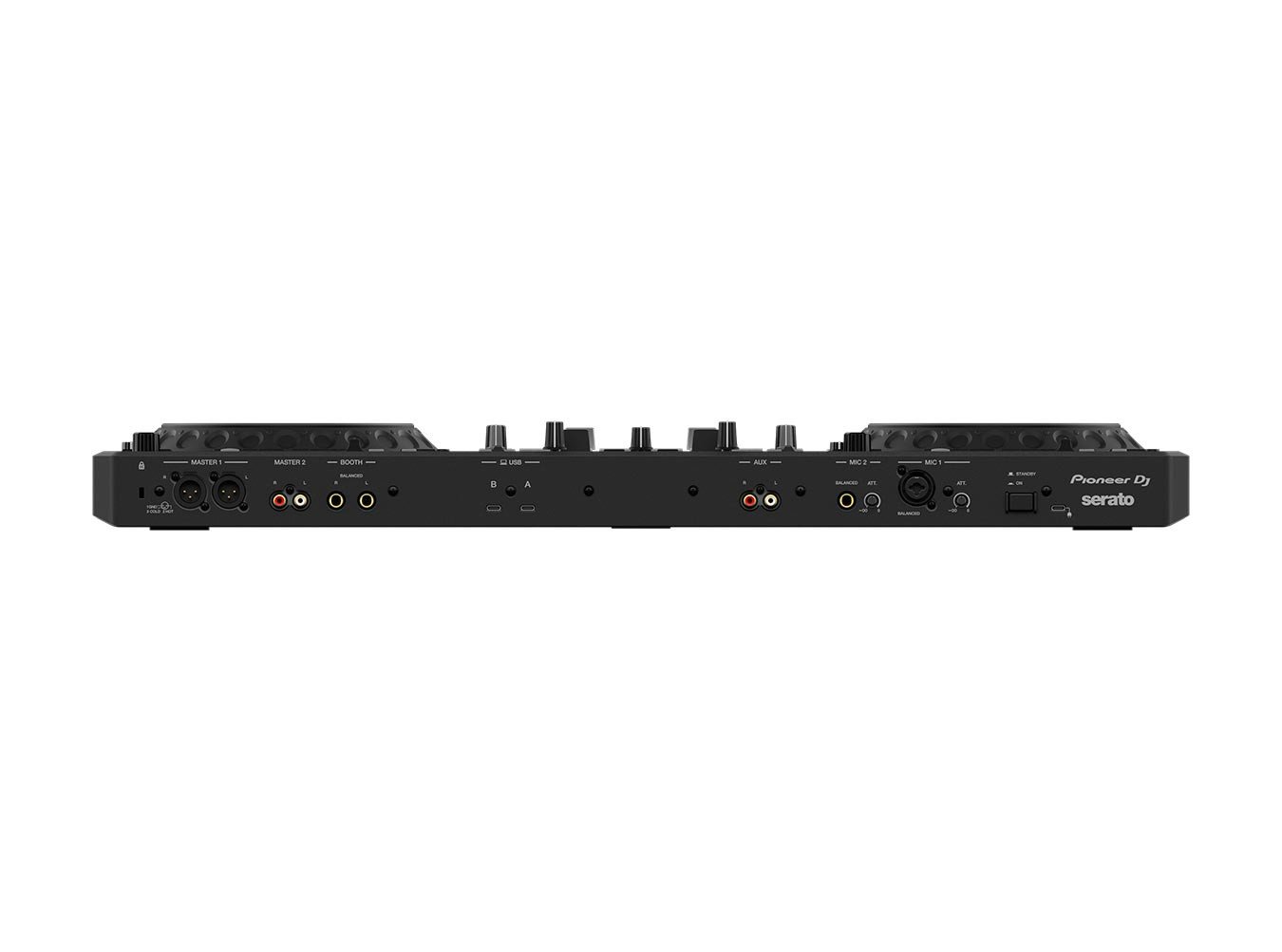
Conclusion
A great DJ controller should disappear under your hands and amplify your taste. The Pioneer DJ DDJ-REV5 DJ Controller does that by fusing turntable-bred ergonomics with modern software magic—stems, performance pads, flexible FX, and jogs that invite musical timing. Prep your library for phrases and stems, build three “always-works” transitions, set an FX architecture you could operate blind, and rehearse short daily drills. With those habits—and this controller—you’ll deliver sets that feel fluent, intentional, and joyfully alive.
Shop Pioneer DJ DDJ-REV5 DJ Controller
FAQ
- Does the DDJ-REV5 work with both Serato DJ Pro and Rekordbox?
Yes. It’s designed for dual-ecosystem flexibility, so you can choose the software that fits your library and gigs. - How good is it for scratching compared to real decks?
While nothing fully replaces motorized platters with vinyl, the DDJ-REV5’s wide jogs, sharp crossfader curve, and battle layout make cuts, drags, and transforms feel natural—especially with slip mode and scratch banks. - What’s the smart way to use stems musically?
Treat stems as arrangement tools: tease vocals into drops, swap drum beds for energy shifts, or keep bass from one track while introducing chords from another in-key. - How should I set up FX so I don’t overdo it?
Pick one color filter, one tempo-synced echo, and one wildcard (tape stop or reverb freeze). Learn their sweet spots and build transitions that rely on phrasing—not FX—to carry the moment. - Any CPU tips when running stems?
Update software/firmware, close background apps, keep buffers reasonable, and pre-analyze tracks. If you hear crackles, increase buffer one step or reduce on-the-fly separation density. - What’s the best way to pace a 90-minute set?
Warm-in with longer blends, escalate to tighter, stems-heavy transitions, reset with a vibe change, then peak with your strongest anthems and edits. Leave a generous runway for the next DJ. - How do I keep beatgrids honest for older or live-recorded tracks?
Manually mark the downbeat, use flexible grids if the software supports it, and rely on your ears for micro-nudges. Stems ride smoother when the grid is close, not perfect. - Should I bring a backup if the booth has CDJs?
Yes. Export a handful of core crates to USB for CDJs. The DDJ-REV5 is excellent, but a Plan B means you’re show-proof.

